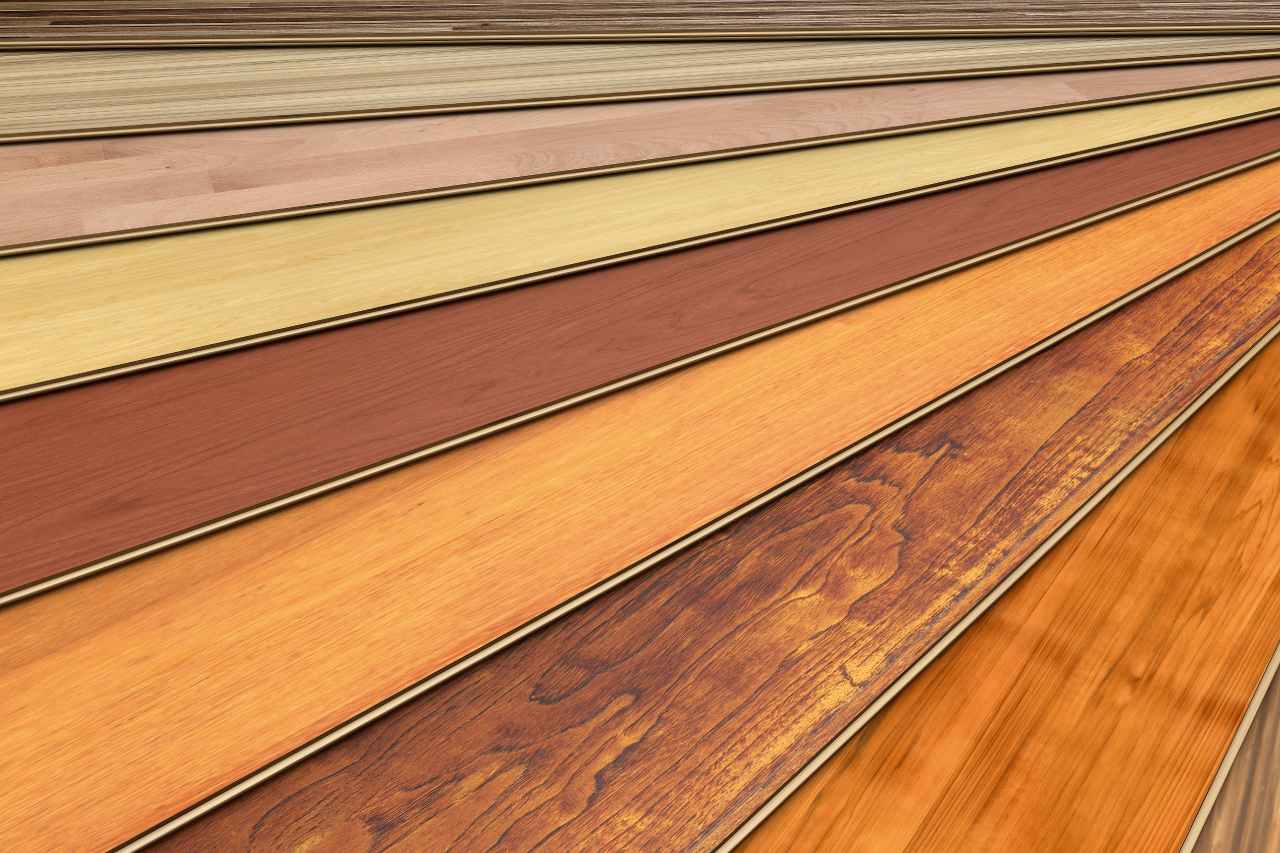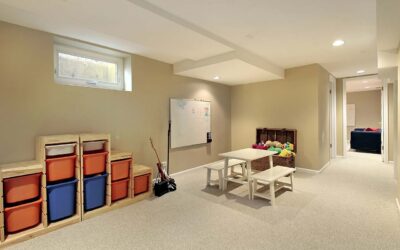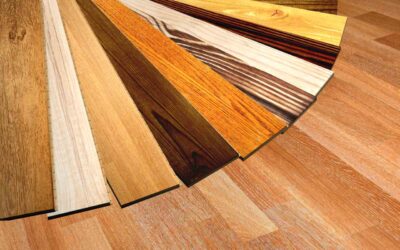Installing flooring can bring a nice makeover to your home and is a more affordable and less expensive option than installing hardwood or porcelain tile flooring. But before starting your project, it’s essential to consider a few tips to make your laminate flooring installation smooth and hassle-free.
1. Demonstration Of The Floor Area Before Starting
Before you start your flooring project, you must remove the flooring that is already there. Even if your existing flooring has already been removed, the baseboards will make it challenging to get your new laminate flooring to sit flush with the walls. So avoid the hassle and remove the baseboards and existing flooring before anything else.
2. Weatherize Your Flooring Planks
Floors are sensitive to moisture, weather, and temperature changes; they can shrink in heat and humidity and cold, dry air. Giving them adequate time to get used to the climate in your home will make the installation fit perfectly. Please leave boxes of flooring planks in the center of the room for at least 48 hours before installation and undisturbed. If you follow all the tips on successfully weatherizing your laminate flooring planks, you won’t have any problems in the future.
3. Start With A Clean Subfloor
Once you’ve removed the baseboards and flooring, follow these steps to prepare your subfloor:
• Vacuum and sweep.
• Remove the air duct covers.
• Make sure the subfloor is clean, level and dry.
• If you have a chipped or gouged concrete subfloor, use a compound to repair defects.
• If you have a wood subfloor, check for protruding nails or screws and replace any damaged boards.
4. Lay A Base That Protects Your New Floor
Laminate flooring can be installed directly over old flooring using foam sheets as a base. If your existing flooring has too much damage, you may need to put plywood under the foam sheet to ensure a smooth and even installation. If you install the floor in an area with high humidity, set in a vapor barrier to prevent it from warping and bubbling later. The subfloor sheets should sit so they touch but do not overlap, and you can secure them with the manufacturer’s recommended tape. Finally, could you trim the excess against the walls with a utility knife?




0 Comments